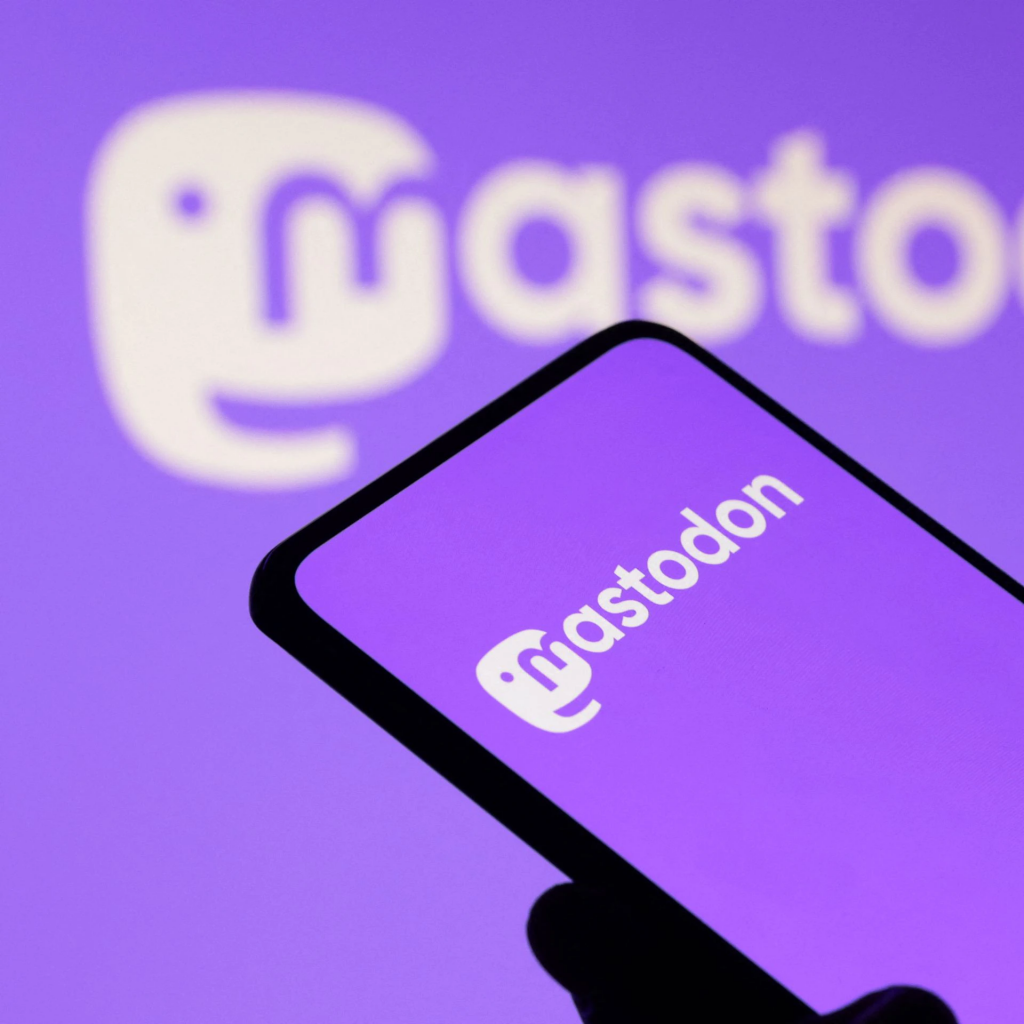Users have been evaluating Twitter since Elon Musk closed the deal to buy the site on October 27 and shortly after sacking the management.
The hashtags #TwitterMigration and #TwitterExodus are becoming increasingly popular, and the most prevalent name associated with them is Mastodon – the new home for fleeing tweeters.
Mastodon was founded in October 2016 by German software developer Eugen Rochko, who was dissatisfied with Twitter and worried about the platform’s centralized control.
Mastodon’s rise stalled after its seconds of fame in early 2017. However, it’s back on track now, with over 70,000 new members joining the network the day after Musk’s Twitter agreement was publicized. Mastodon has over a million active members at the moment, with nearly half a million new users since October 27.
Like any other social networking app, registration on Twitter takes a few minutes. On the other hand, Mastodon is not a Twitter clone; to join, you must first select a server.

Mastodon isn’t just one website. To join it, you must first create an account with a provider (called servers) that allows you to communicate with other Mastodon users. Mastodon Servers are organized by topic and geography to bring users together based on a shared interest. If your account exists on the server, your account name will be nickname@server-name.
There are presently over 4,000 servers from which to choose. However, some communities have closed registrations because they have reached capacity or desire to keep their community small. Mastodon’s flagship server, mastodon. social, for example, is not currently accepting new members.
When you register by joining your preferred server, the interface shows brief posts (up to 500 characters by default) referred to as “toots” rather than “tweets.”

Furthermore, there is a Twitter migration toolbox for discovering your followers and follows on Mastodon for individuals searching for a relatively simple shift without losing their online network. There is also a tool for cross-posting between the two.
What you publish on a server after joining is accessible to everyone there. In addition, depending on whether other servers’ policies align with the one you joined, some of the Mastodon network may be able to read your content.
This runs contrary to Twitter, where anything you post is visible to all Twitter users unless your account is restricted to followers only.
Mastodon is not a platform; it is a decentralized network of servers. This indicates that no single company owns and controls the entire communication infrastructure; in contrast, Musk owns Twitter and is free to change his mind at any time about how the network works.
You might be worried that without a centralized authority, things would fall apart, and people would start publishing offensive and violent stuff.
The majority of servers, however, hold users to a high standard and can easily prohibit or filter hate speech, illegal content, racism, discrimination against marginalized groups, and other behaviours thanks to community moderation.

Overall, Mastodon differs from other social media platforms due to its servers, but it is neither a decentralized clone of Twitter nor a replacement.
Mastodon attracts young, tech-savvy users because it is an open-source network, so it is not surprising that many consider it an update over Twitter. In addition, freedom of speech advocates concerned about government censorship may also find a new home there.
But it’s still too early to predict how big Mastodon will get or which user groups will be the most engaged.


